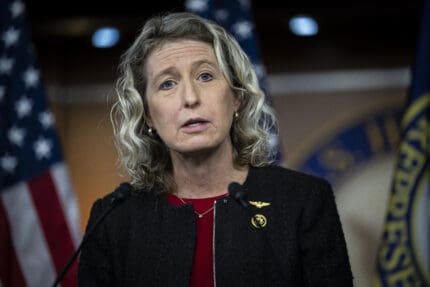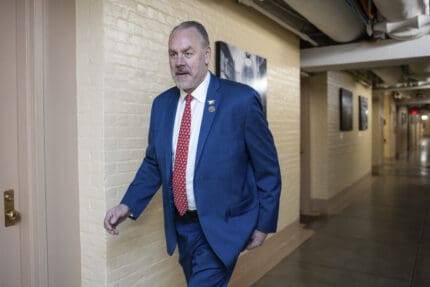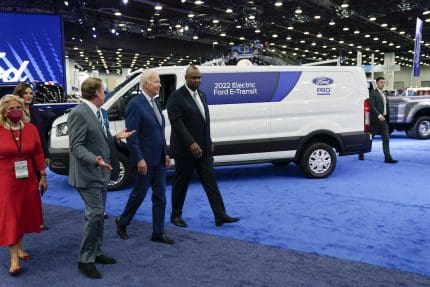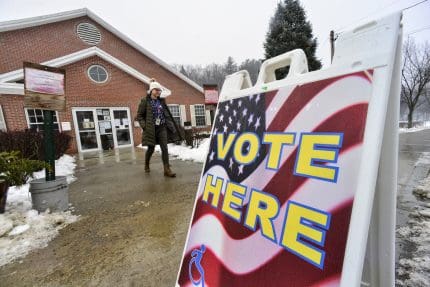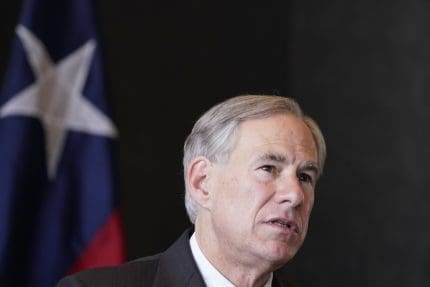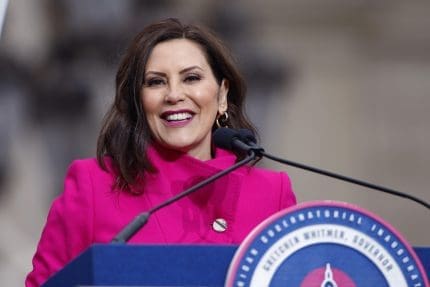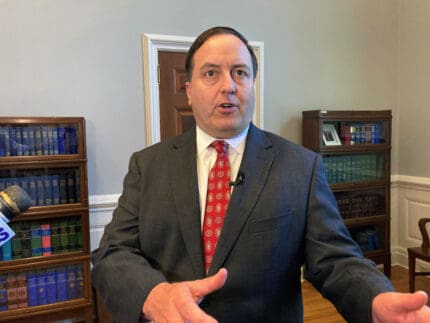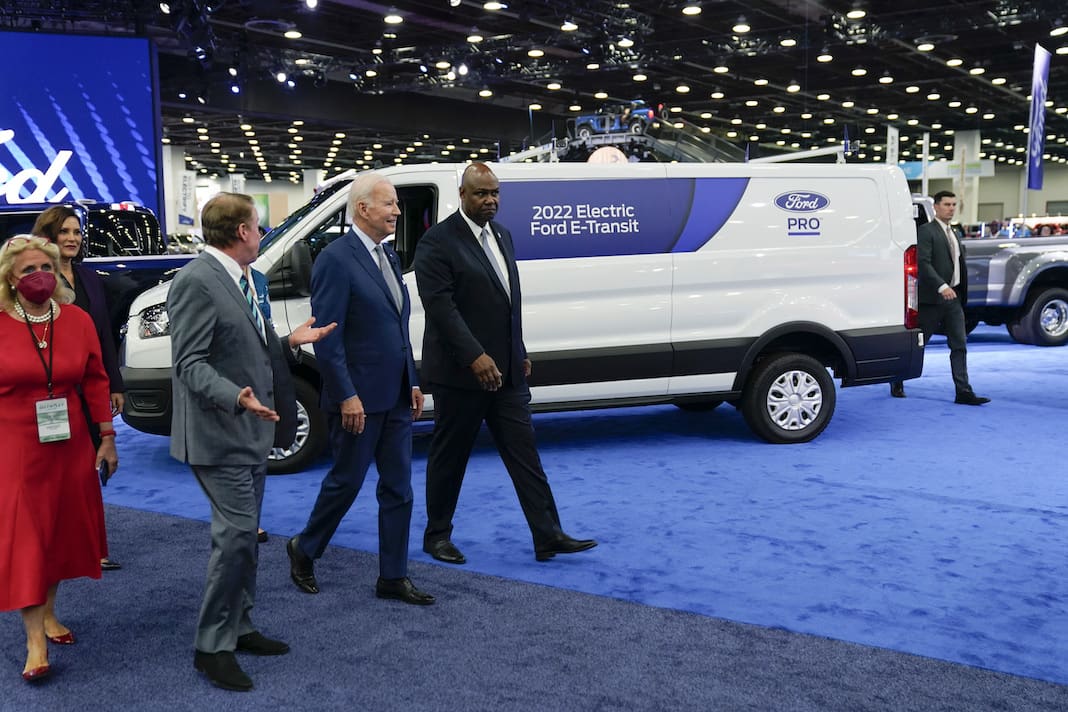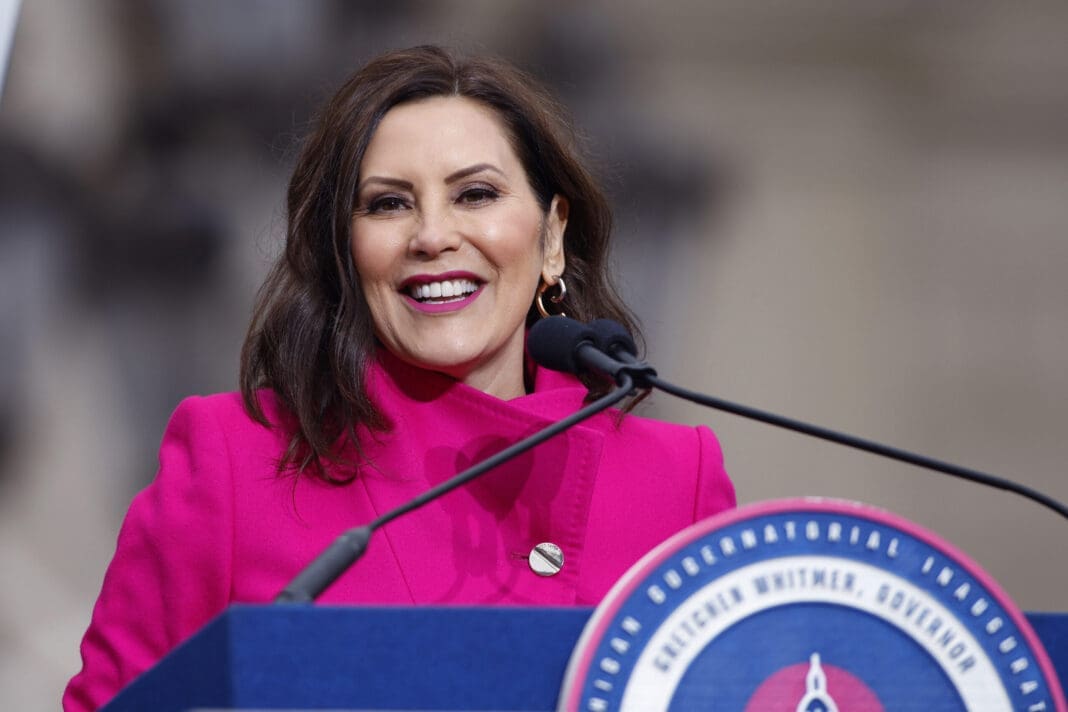U.S. cities are using American Rescue Plan funds to combat homelessness
President Joe Biden’s spending package has provided billions in funding for housing initiatives across the country.

State and local governments across the United States are distributing millions of dollars they received from the American Rescue Plan to fight homelessness.
President Joe Biden signed the $1.9 trillion American Rescue Plan Act (or ARPA) in March 2021 after it passed Congress with only Democratic votes and unified Republican opposition. The law provided $21.5 billion in funding for emergency rental assistance, $5 billion for Housing Choice Vouchers over the next five years, and $5 billion in new funding to support housing initiatives.
Cities across the country have already started putting that money to use to increase housing equity in their communities.
On Tuesday, three cities announced new housing initiatives using American Rescue Plan funds. The city of Fort Worth, Texas, approved the use of $5 million given to the state by the Rescue Plan to construct 165 units of permanent supportive housing. Officials in Anne Arundel County, Maryland, said they would use $3.19 million from the Rescue Plan to renovate an apartment building and convert it into transitional housing for unhoused people.
And city officials in Augusta, Georgia, started work on a project financed by the Rescue Plan to construct 75 units of supportive housing in the region. The city, led by Mayor Hardie Davis, Jr., is also considering a proposal to use $1.1 million from the plan for the Augusta Land Bank Authority to develop an affordable housing program.
Those initiatives follow in the footsteps of other recent announcements in several states.
In Florida, the federal funds will be used to build small homes for unhoused people in Orlando, fund the operation of a shelter in Daytona Beach, and construct a new building for a nonprofit serving unhoused people in St. Johns County.
San Diego, California, plans to use $12 million of its allocated funds to construct new permanent housing units. Green Bay, Wisconsin, plans to use $23.7 million to fund affordable housing. Louisville, Kentucky, will build and operate a campsite for unhoused people using $1.5 million in federal funding. And Georgia will spend $28 million of its American Rescue Plan funds to expand resources for thousands of unhoused students in the state.
Local officials who have already used the federal funds on housing initiatives have praised the assistance they received.
In September, the city of Tempe, Arizona, used $3.5 million of its allocated American Rescue Plan funds to buy a local motel building and convert it into a shelter with 40 temporary transitional housing units.
“Imagine if you’re unhoused and living on the street and how seriously challenging that time was,” Tempe Mayor Corey Woods said last month at the National League of Cities conference in Washington, D.C. “The fact that we were able to purchase that motel was really big in terms of helping 40 people to get off the street and begin the process of turning their lives around and getting them the services they need.”
Published with permission of The American Independent Foundation.
Recommended

Biden calls for expanded child tax credit, taxes on wealthy in $7.2 trillion budget plan
President Joe Biden released his budget request for the upcoming fiscal year Monday, calling on Congress to stick to the spending agreement brokered last year and to revamp tax laws so that the “wealthy pay their fair share.”
By Jennifer Shutt, States Newsroom - March 11, 2024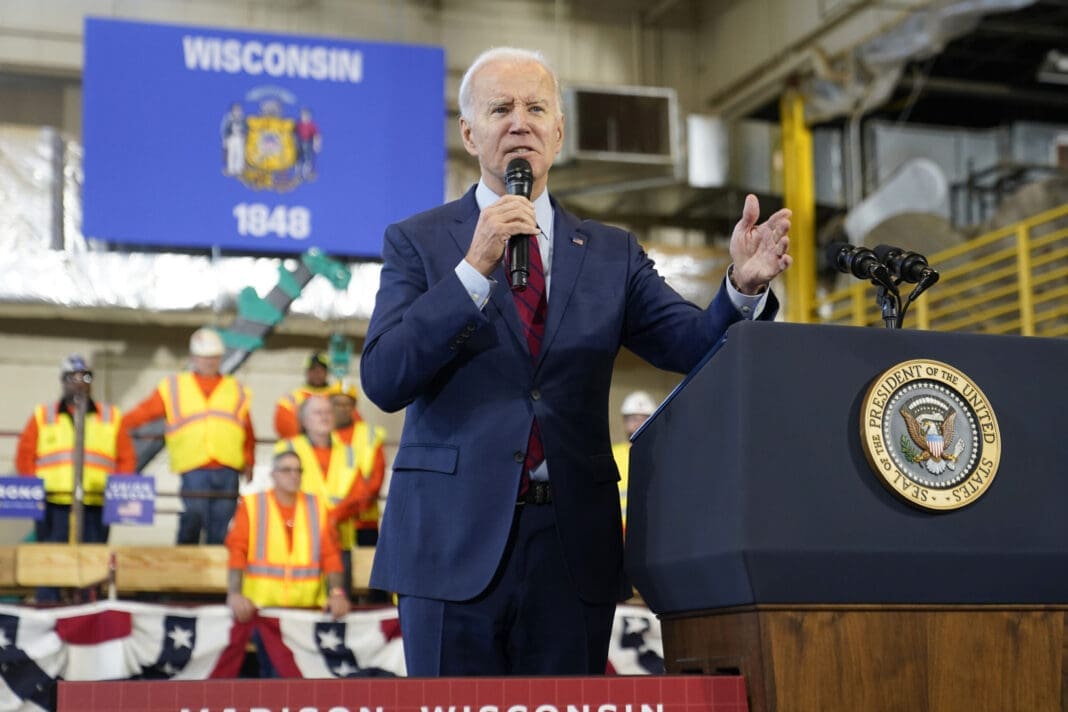
December jobs report: Wages up, hiring steady as job market ends year strong
Friday’s jobs data showed a strong, resilient U.S. labor market with wages outpacing inflation — welcome news for Americans hoping to have more purchasing power in 2024.
By Casey Quinlan - January 05, 2024
Biden’s infrastructure law is boosting Nevada’s economy. Sam Brown opposed it.
The Nevada Republican U.S. Senate hopeful also spoke out against a rail project projected to create thousands of union jobs
By Jesse Valentine - November 15, 2023















